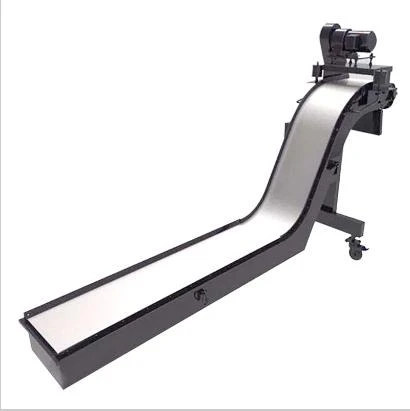cable carrier system
Understanding Cable Carrier Systems An Overview
In the realm of industrial automation and machinery, the cable carrier system stands out as a crucial component for managing electrical cables and hoses. These systems, often referred to as drag chains or cable chains, are prevalent in environments where components such as robotic arms, CNC machines, and conveyor systems require mobility while maintaining safe and organized cable management. This article aims to delve into the technical aspects, benefits, applications, and maintenance of cable carrier systems.
What is a Cable Carrier System?
A cable carrier system is designed to guide and protect moving cables and hoses, allowing them to travel with machinery while preventing tangling, wear, and damage. It consists of a series of linked segments that form a flexible chain. This chain can be tailored to various lengths and configurations, making it adaptable to numerous applications. Typically made from durable materials like plastic or metal, these systems can withstand harsh environmental conditions.
Benefits of Cable Carrier Systems
1. Protection of Cables and Hoses One of the primary benefits of cable carriers is their role in safeguarding cables and hoses from friction and wear. By providing a protective pathway, these systems can significantly extend the lifespan of electrical and pneumatic components.
2. Enhanced Cable Management In complex machinery where multiple cables are in use, cable carriers help to keep everything organized. This prevents cable tangling and reduces the risk of damage caused by errant cords.
3. Increased Safety Keeping cables secure and out of the way minimizes trip hazards in workspaces, thereby enhancing safety for operators and maintenance personnel.
4. Reduced Downtime With organized cabling systems, troubleshooting and maintenance become easier and faster. This efficiency translates to reduced downtime and increased productivity.
5. Versatility Cable carrier systems can be designed for various applications, ranging from small robotics to large industrial machines, making them an invaluable asset across multiple sectors.
Applications of Cable Carrier Systems
Cable carrier systems are versatile and find applications in various industries, including
- Manufacturing Used in conveyor systems to facilitate seamless and efficient movement of materials. - Robotics Essential for robotic arms that require the movement of power and control cables as they execute tasks.
- Automotive Employed in assembly lines to manage cables in moving machines.
- Aerospace Used in aircraft manufacturing where environmental factors can affect cable integrity.
cable carrier system

- Construction Equipment Plays a significant role in managing cables in cranes and other heavy machinery
.Types of Cable Carrier Systems
There are several types of cable carriers, each designed for specific applications
1. Open Cable Carriers Featuring an open design, these provide easy access for cable installation and maintenance.
2. Closed Cable Carriers These offer more protection against dust and debris, making them ideal for harsh environments.
3. Plastic Cable Carriers Lightweight and corrosion-resistant, these are suitable for applications where weight and environmental conditions are a concern.
4. Metal Cable Carriers Known for their strength and durability, metal carriers are typically utilized in more demanding industrial settings.
Maintenance of Cable Carrier Systems
Proper maintenance of cable carrier systems is vital to ensuring their longevity and optimal performance. Here are some best practices
- Regular Inspections Periodically check for wear and tear on both the chains and cables. Look for signs of fraying or damage.
- Cleaning Remove any debris or contaminants that may accumulate within the chain, which can impede movement and cause friction.
- Lubrication For metal carriers, regular lubrication can prevent rust and ensure smooth operation.
- Cable Replacement Replace any cables that show signs of damage to prevent failures and interruptions in operations.
Conclusion
Cable carrier systems are indispensable in modern industrial operations, providing essential support for the management and protection of cables and hoses. Their benefits extend beyond mere functionality; they contribute to safety, efficiency, and reliability in various applications. As technology continues to evolve, advancements in cable carrier systems will likely lead to even more innovative solutions, further enhancing their role in industrial automation. Emphasizing proper maintenance and choosing the right type of carrier will ensure these systems serve their intended purpose effectively for years to come.








